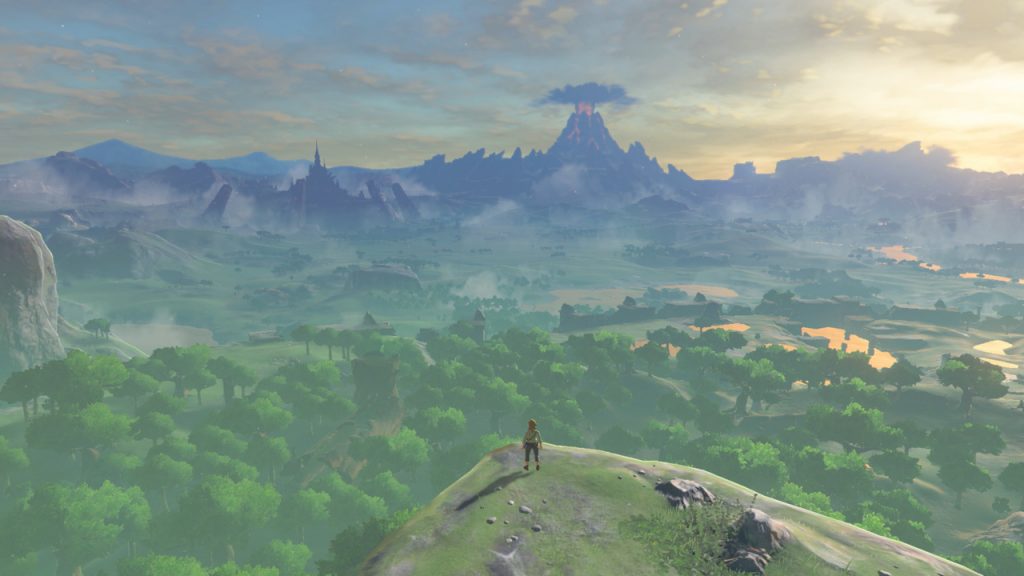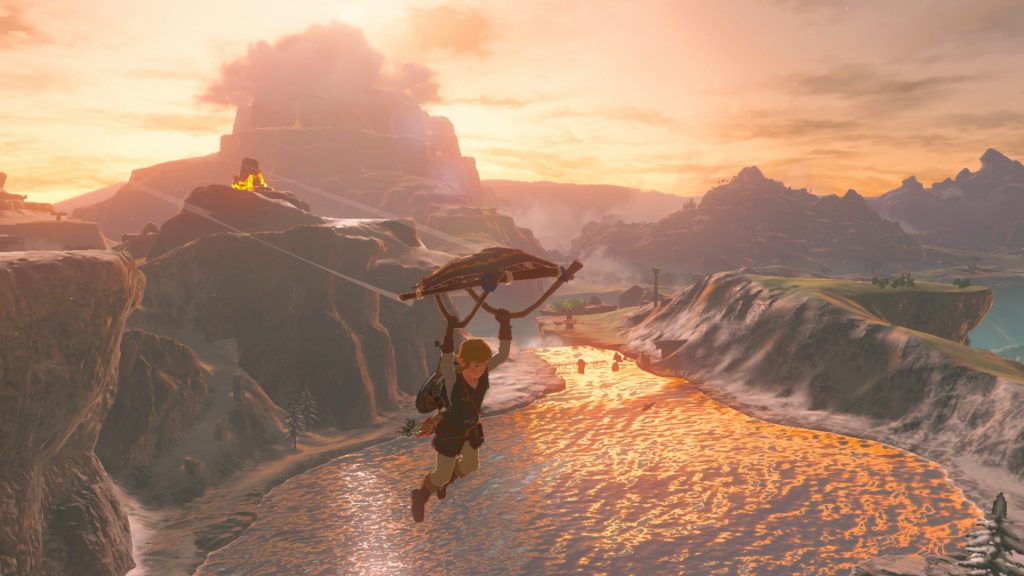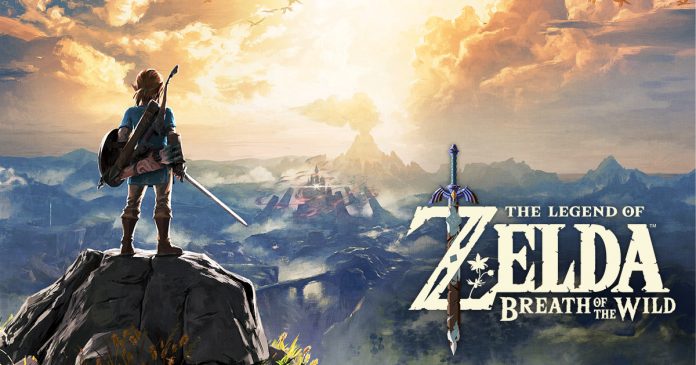We are approaching the fifth anniversary of the Nintendo Switch game, Legend of Zelda: Breath of the Wild. I remember watching the story trailer with an ecstatic, electric feeling buzzing through me after the video had finished. I just knew that this was going to be a game-changer.
I’ve played Zelda games literally since I can remember. In fact, I distinctly remember having my 8th birthday party where Midna from Twilight Princess was on the cake because I loved the game so much and she was my favourite character.
When Breath of the Wild came out, I had been going through a really rough patch with my mental health. I was almost 17 going through exams and trying to get things in order for applying to university or college. I had been taking severe panic attacks where some days I couldn’t even leave the house to go to school. Eventually, though I was able to go back to school and pass my Higher exams, even getting into college.
On some of my worst days, I’d play Breath of the Wild for its calm atmosphere, its freedom and intriguing puzzles. Consider this retrospective a love letter to the game, it’s developers and the Zelda community as a whole.

Breath of the Wild takes place a hundred years after Link, Zelda and their friends had failed to defeat Calamity Ganon and the kingdom of Hyrule had fallen. In a post-apocalyptic Hyrule where monsters prowl, where nature is growing over century-old ruins and survivors of the calamity are scattered but surviving, Link must take back what was once his home.
The story, like some of the other games in the franchise, is surprisingly sorrowful and dark for a game rated for players aged 7 and up. Hyrule has fallen. Thousands dead, including Link’s close friends who were piloting the Divine Beasts (which serve as our main dungeons). Everyone and everything Link has ever known is long gone, including his memory. Haunted by ghosts of the past and the unfamiliar voice of Princess Zelda guiding him – I think this is the first game where Link (and by proxy, the player) feels truly alone.

It’s the first time since Ocarina of Time where Link doesn’t have a companion character. The music, with its less is more attitude helps to add to this feeling. Composed by Hajime Wakai, the soundtrack feels different to other Zelda games, there are some recognisable motifs used (such as Zelda’s Lullaby) but because this game is a soft reboot (presumably to sort out the muddled timeline problem) the music feels refreshing and new.
Speaking of refreshing and new, this is by far the least linear Zelda game. Normally there is a formula: tutorial stage, then each main dungeon you get equipment that you’ll need for the rest of the game, then the final dungeon. Similar to the first Zelda game, after the Great Plateau (the tutorial stage) you can go anywhere on the map, follow the main story quest or ditch all of that and go fight the final boss armed with only a pot lid and a rusty claymore. There’s plenty of side quests to kill time with so there’s plenty to do if you don’t want to follow the main story routes.
In the aftermath of Breath of the Wild, many gaming communities have discussed how games are trying to replicate the atmosphere of Breath of the Wild. The two most apparent comparisons that come to mind is Genshin Impact, which has a very similar art style and game mechanics as Breath of the Wild – but prioritises the open-world aspect more. Another game that’s been heavily inspired by Breath of the Wild is the recently released Pokémon Legends: Arceus. Personally, I think that after Breath of the Wild won the Game of the Year award in 2017, game developers have become more open-minded to a mix between story-led games and open-world games, to attempt to replicate Breath of the Wild’s instant success. This doesn’t mean that these inspired games are bad by any means, I think it shows how interested the game developers are in what the current gaming trends are and how they can adapt their franchises to increase the number of their players. It’s perfectly ok to get inspiration from other sources but it’s the adapting that into something new that’s important.

Despite the darker story, the game’s visuals are surprisingly very wholesome. The soft colour palettes that contrast with the unnatural bright colours of the Sheikah tech help with the calm atmosphere until you have to fight enemies. The guardians and the terrifying piano tune that plays when they spot you will forever haunt my dreams though.
When the game was released, many people in the Zelda community compared the game’s visuals to that of Studio Ghibli, a Japanese animation studio known for its masterful and moving films.
There’s a good quote from one of their films, Princess Mononoke (1997), that sums up the feel of this game:
“Life is suffering. It is hard. The world is cruel. But still, you find reasons to keep living.”
The player and Link feel that they have the fate of Hyrule on their shoulders, which is a massive responsibility and yet despite all of the sadness and the challenges, you can still find hope. You can still find a way to move forward.
I think this is why I resonated with the game so much. I was going through one of the worst times of my life and yet, playing this game made me feel better for a time, distracting my mind and giving me some escapism on my worst days. I love this game, it got me through a lot and even if there were things that I didn’t like as much in the game (such as some of the voice acting and the motion controls) they didn’t take away from my experience of the game as a whole. I cannot wait for the sequel to come out, so I can create more memories of having fun with this series as a whole.
Words by Chloe Gardener
We’re trying to raise £200 a month to help cover our operational costs. This includes our ‘Writer of the Month’ awards, where we recognise the amazing work produced by our contributor team. If you’ve enjoyed reading our site, we’d really appreciate it if you could donate to The Indiependent. Whether you can give £1 or £10, you’d be making a huge difference to our small team.
